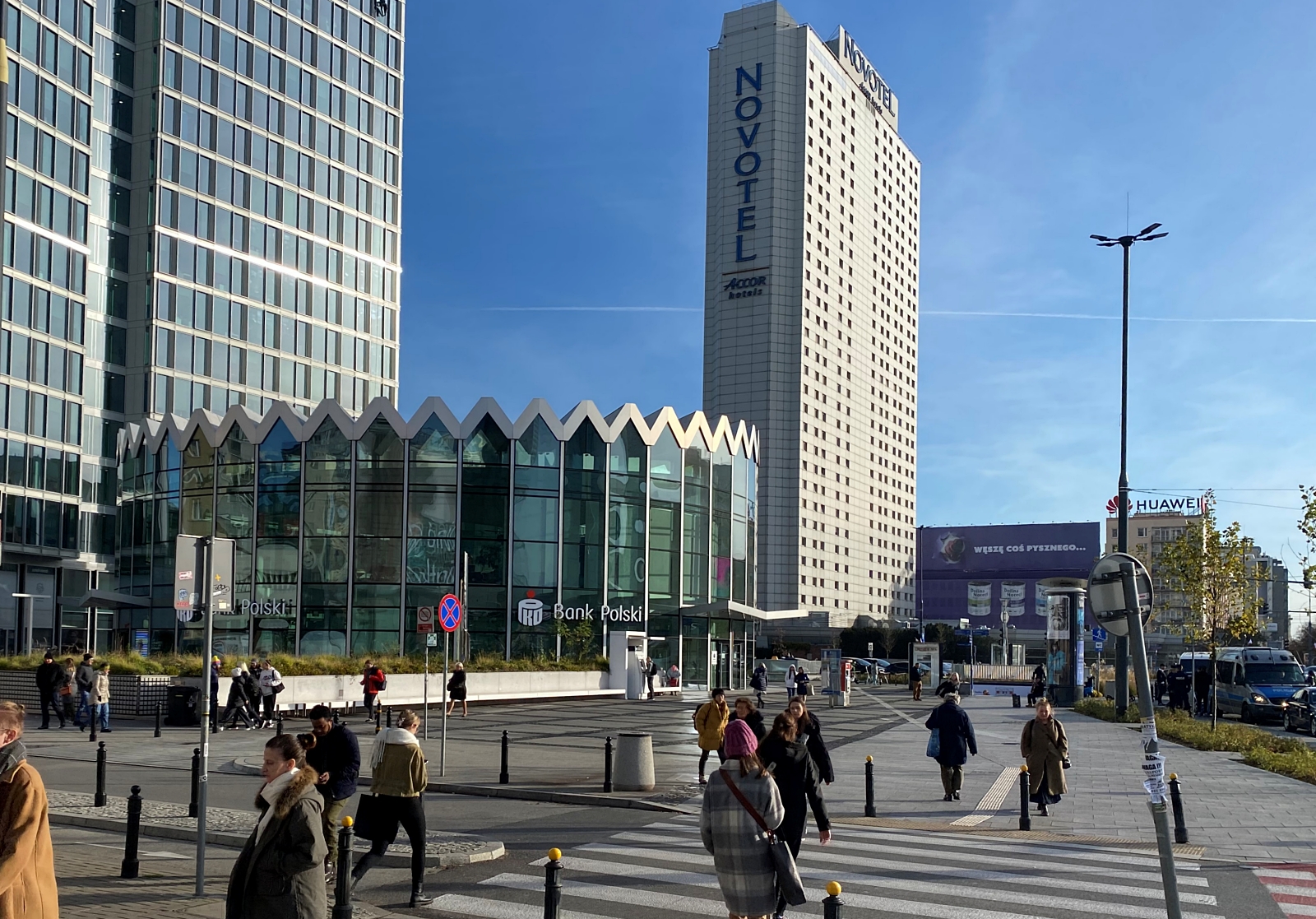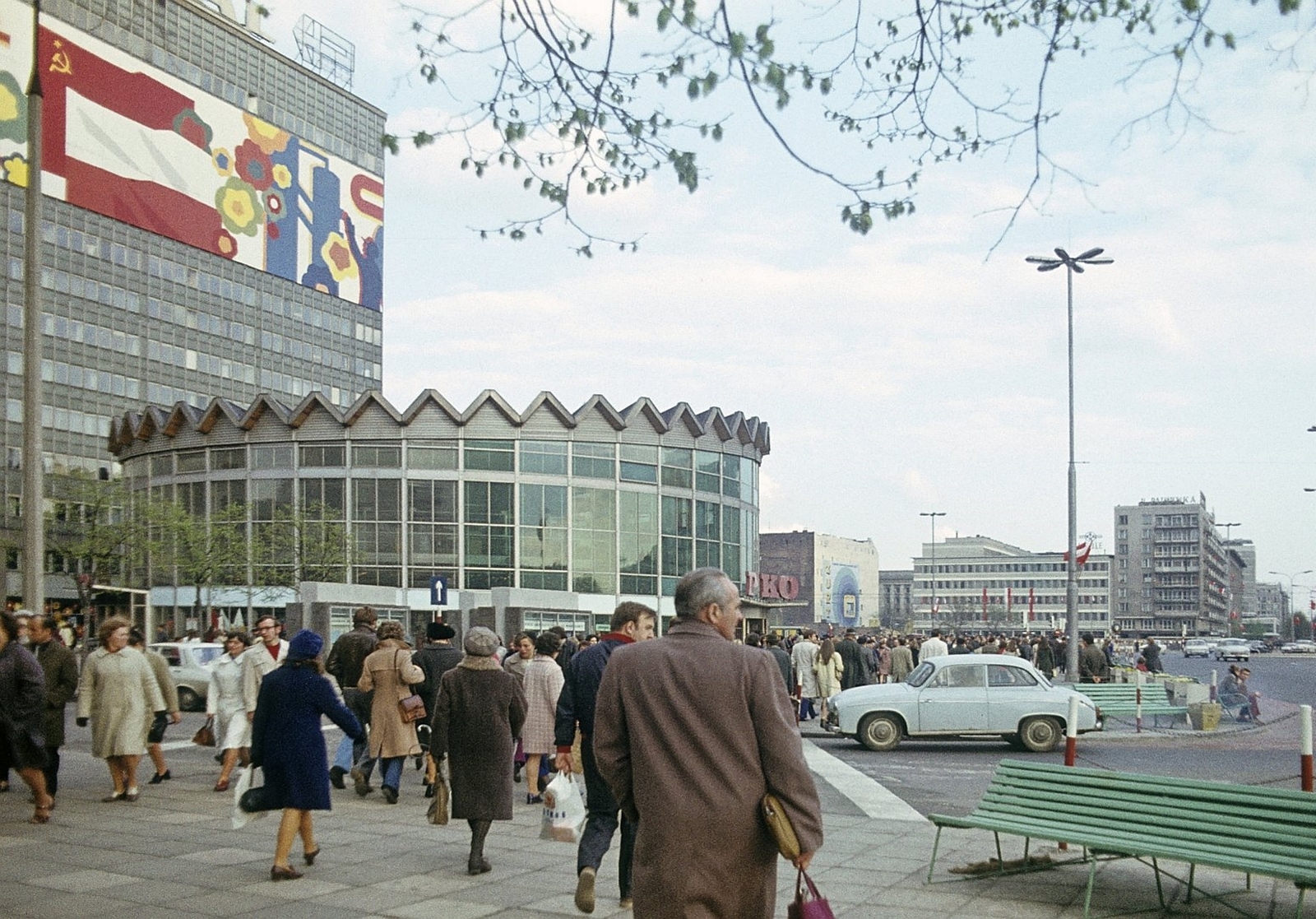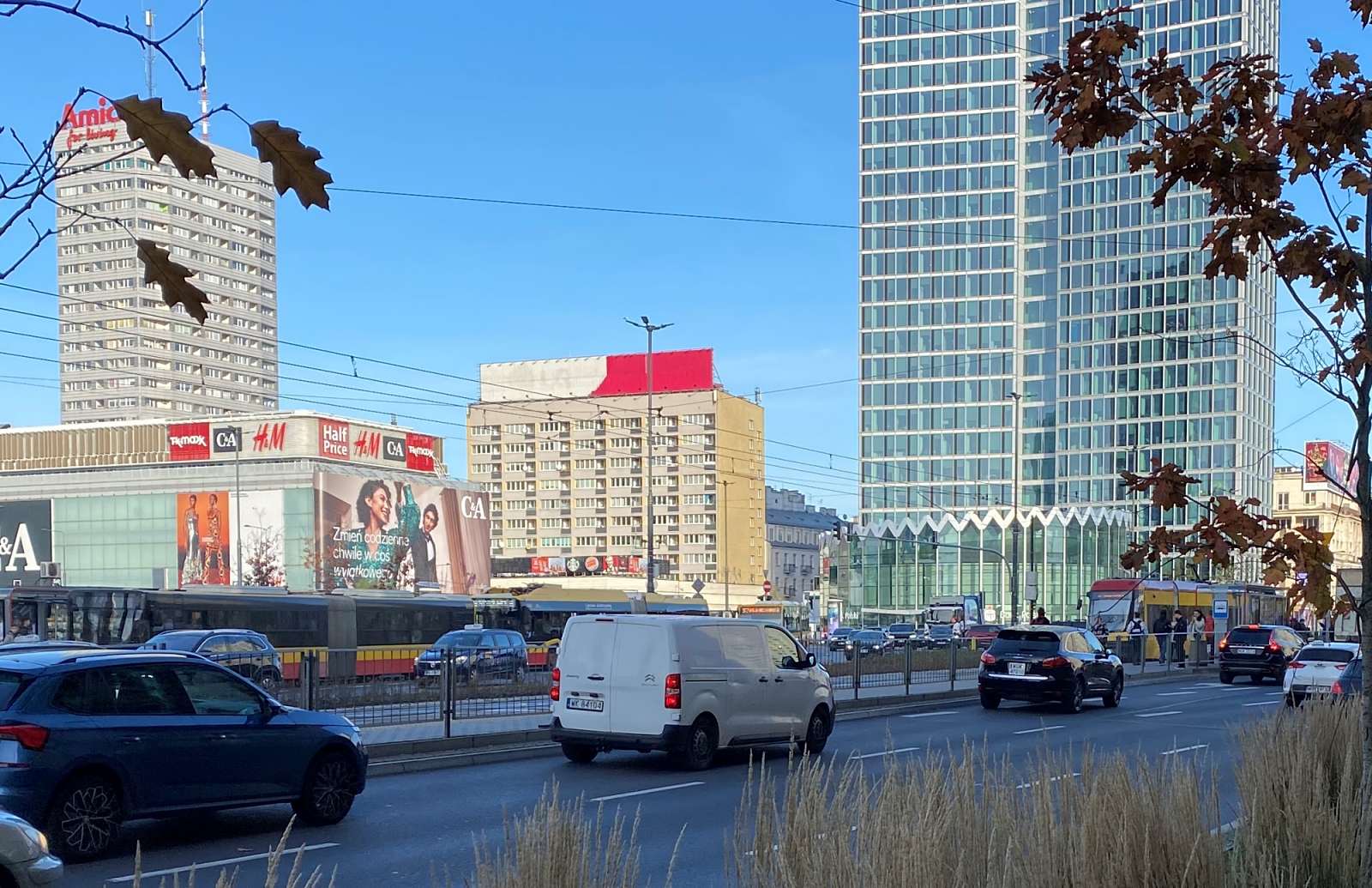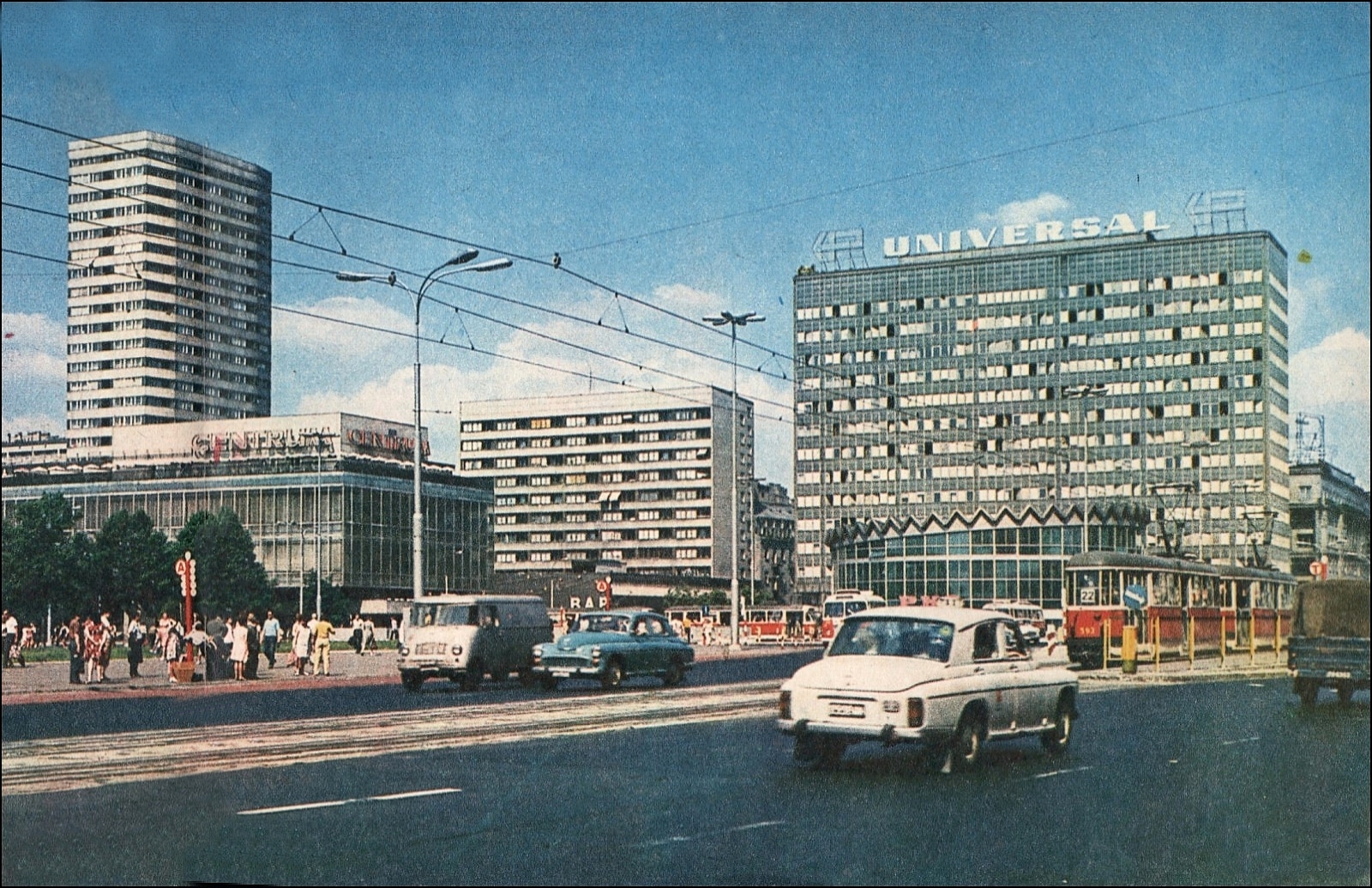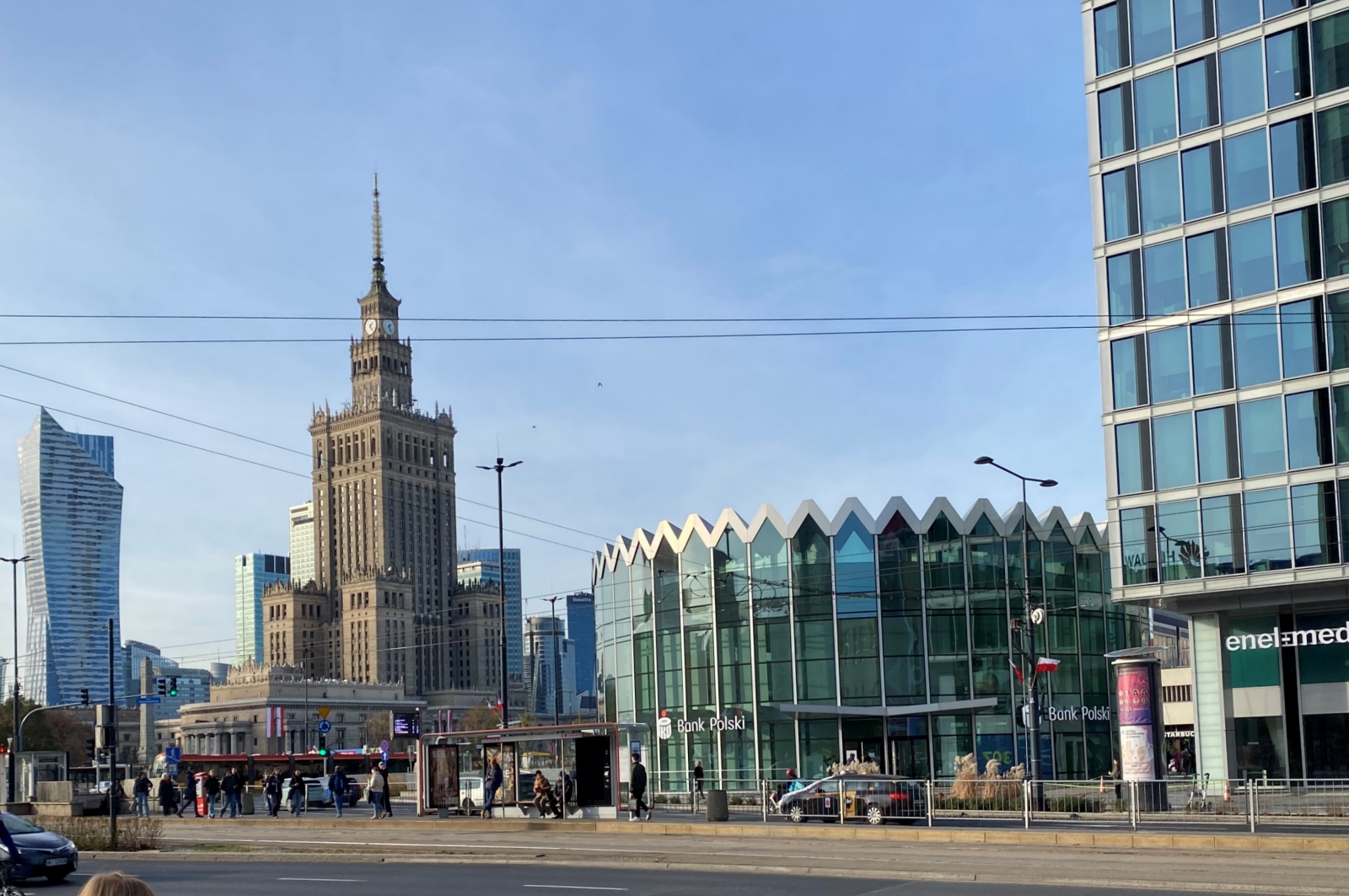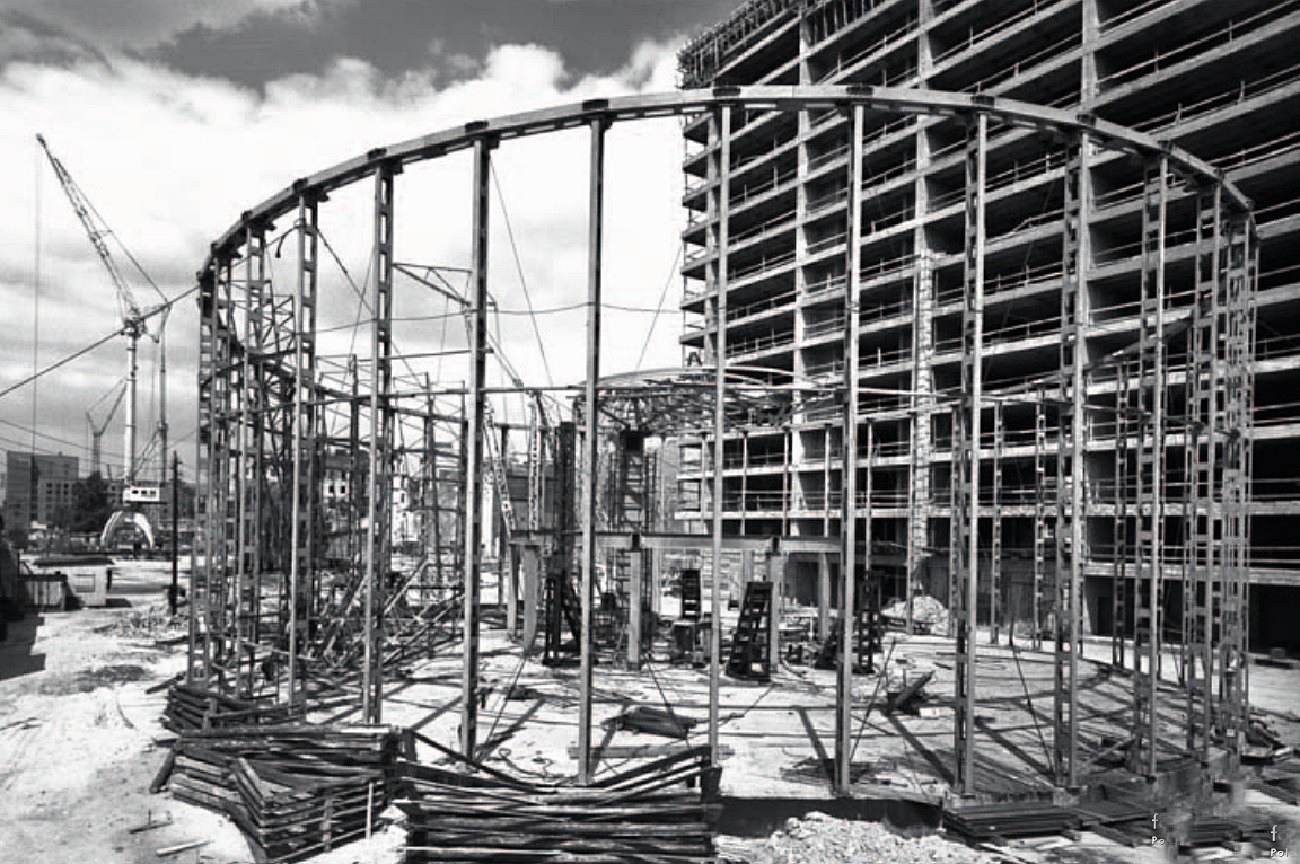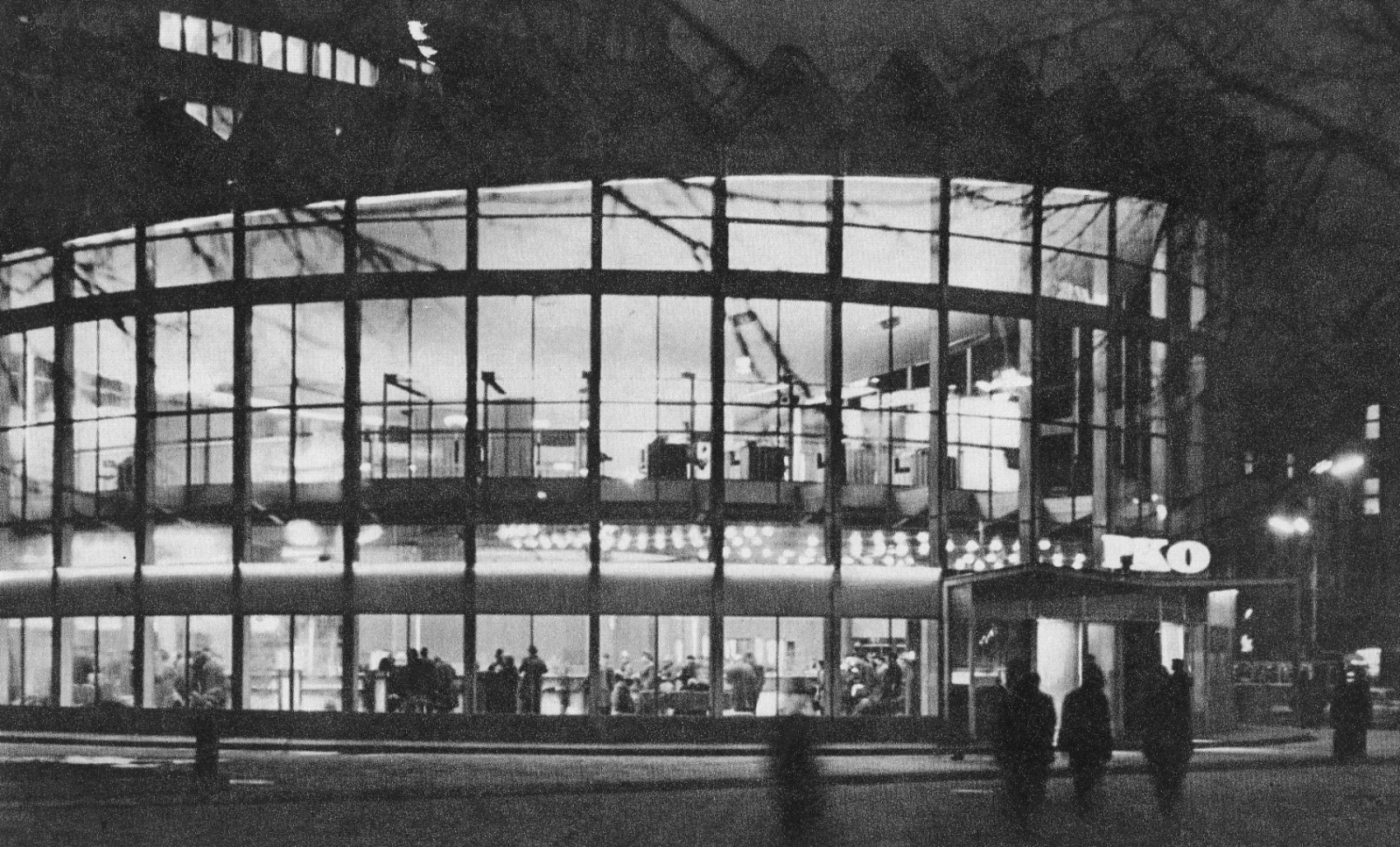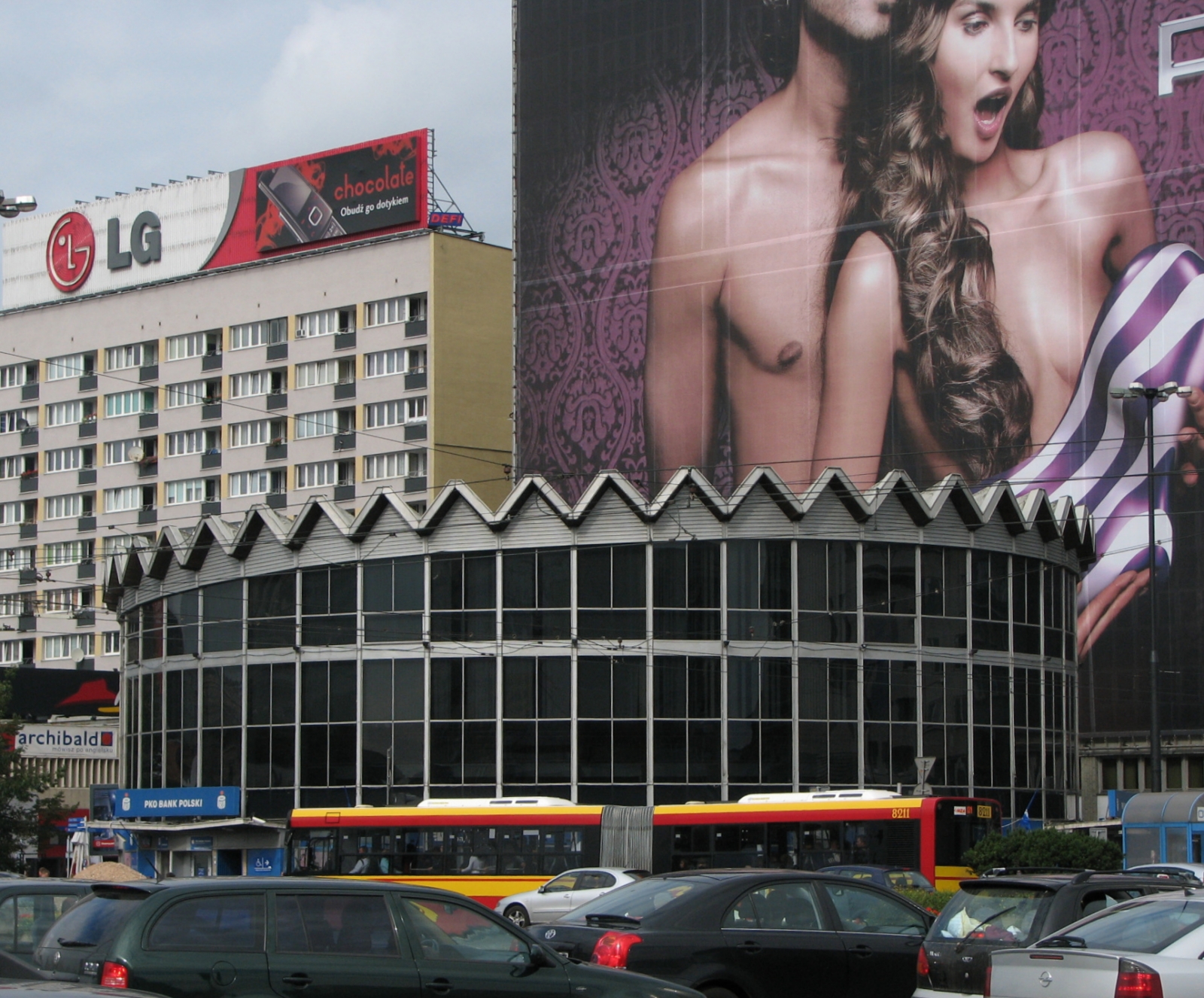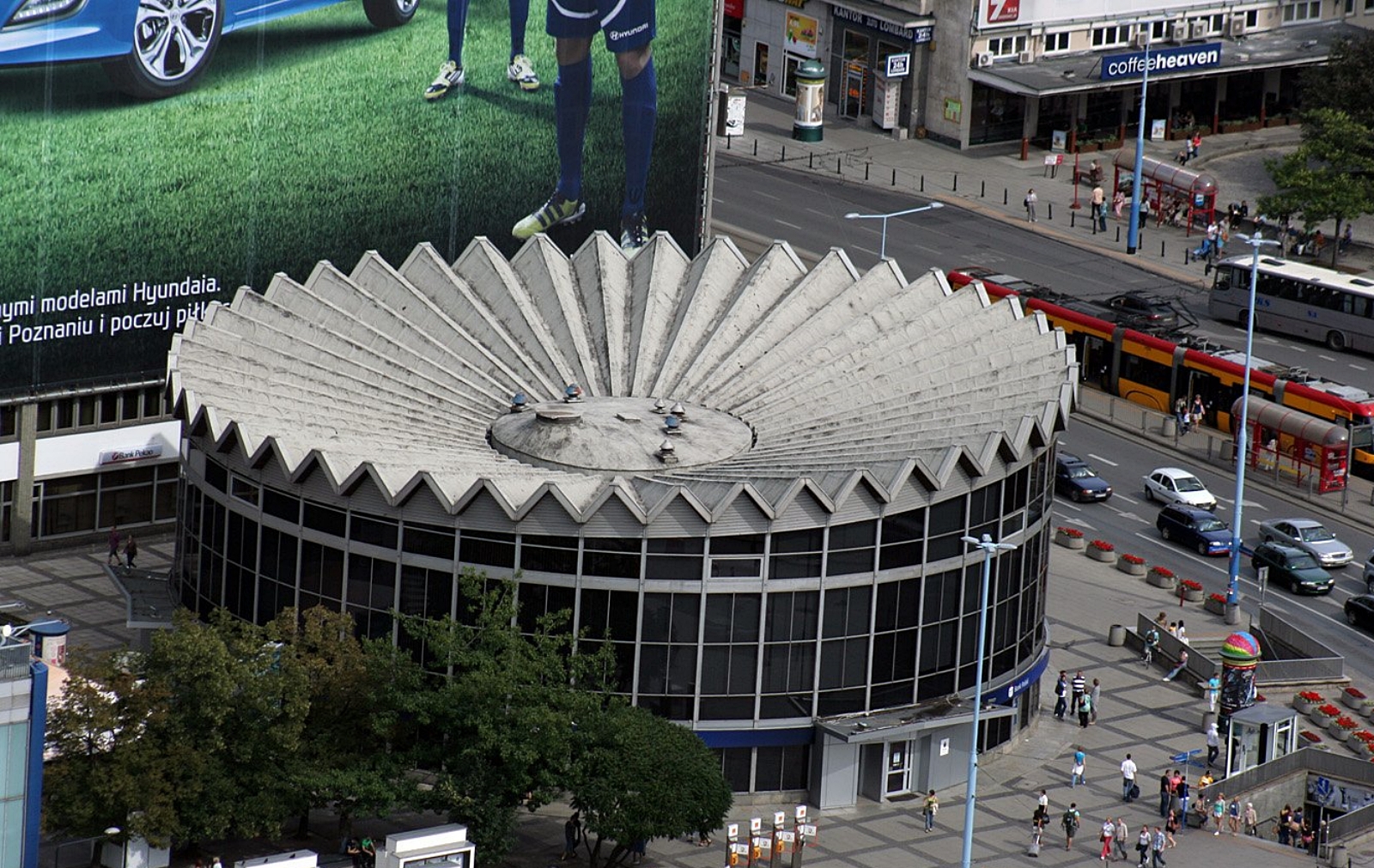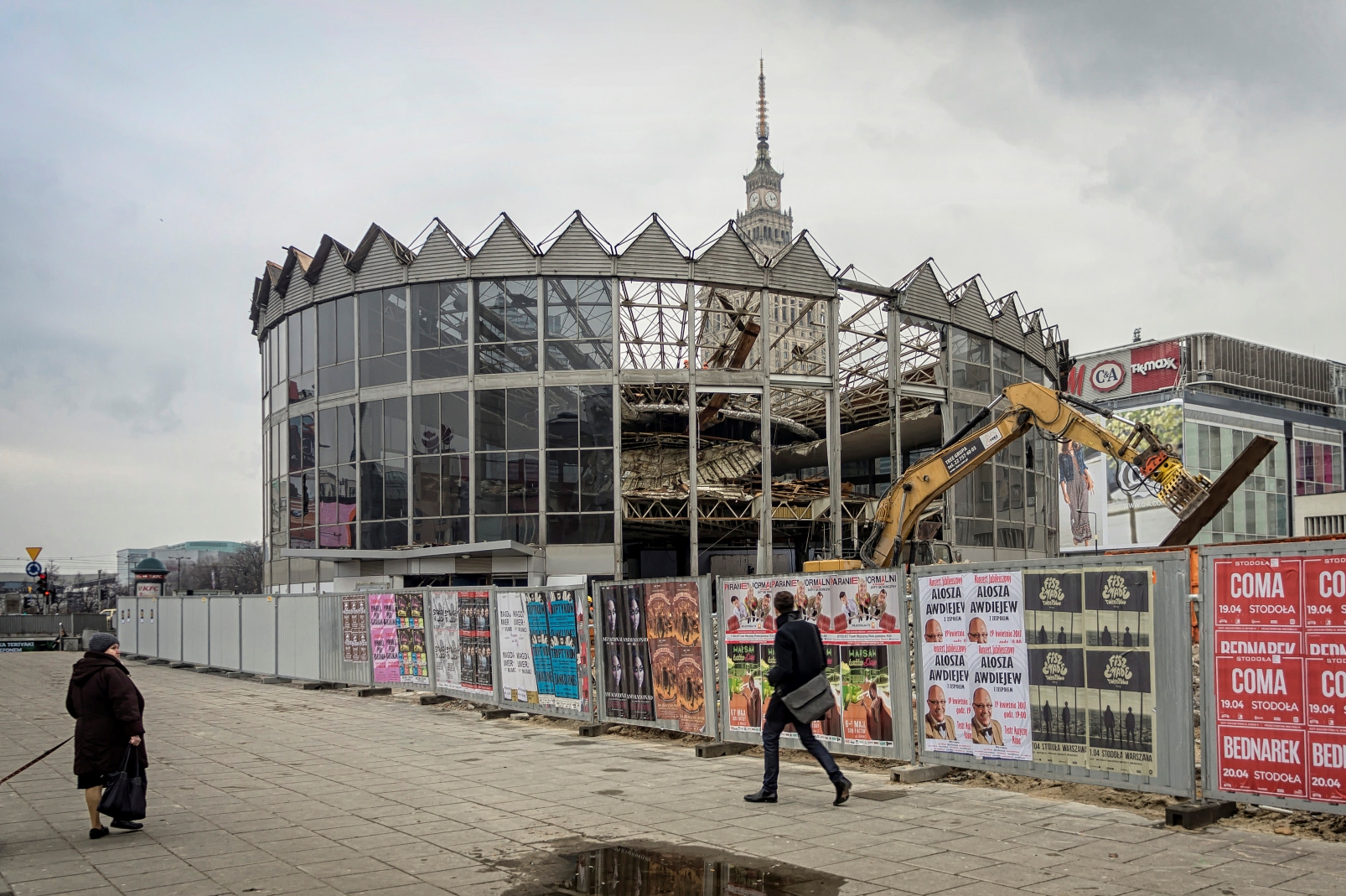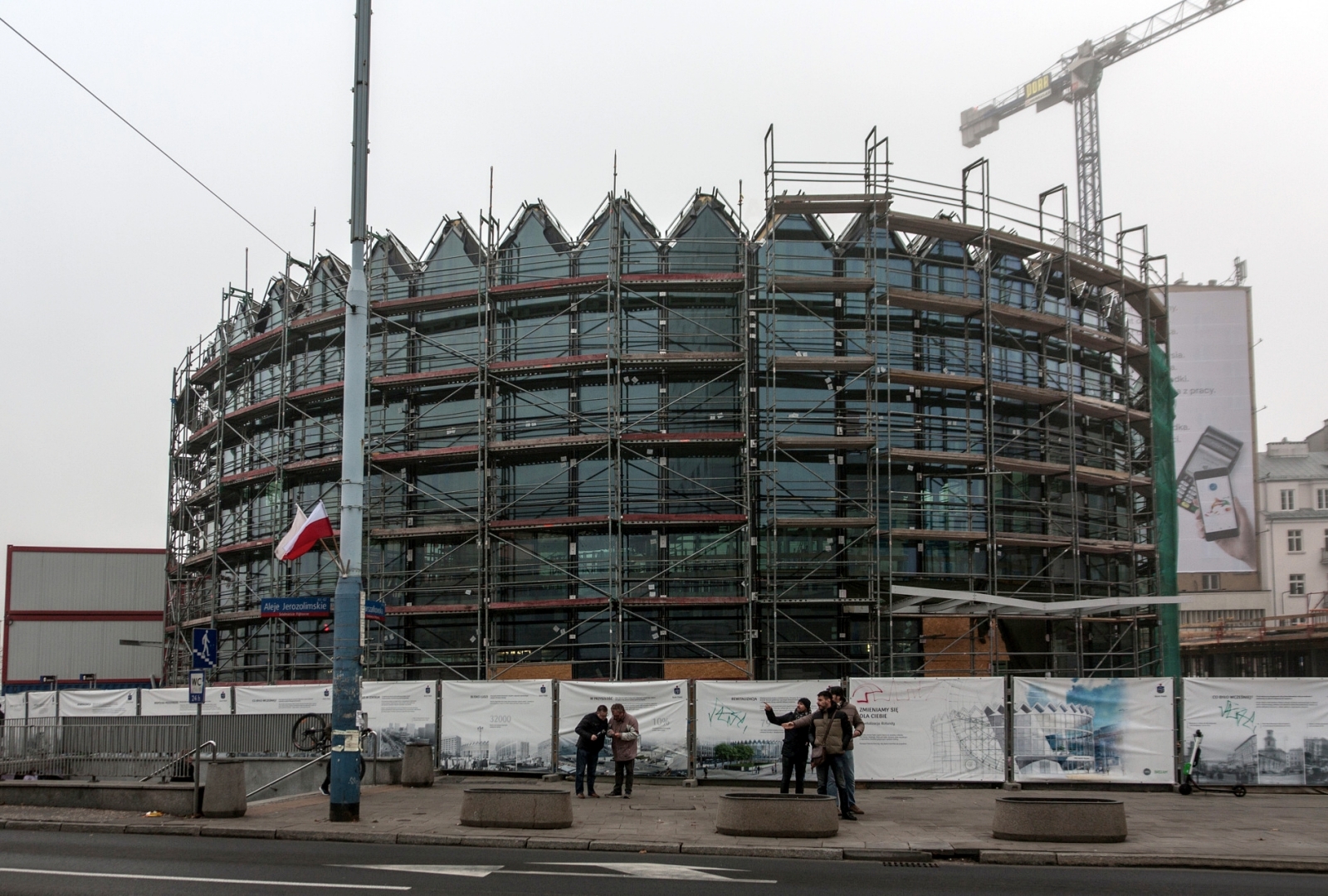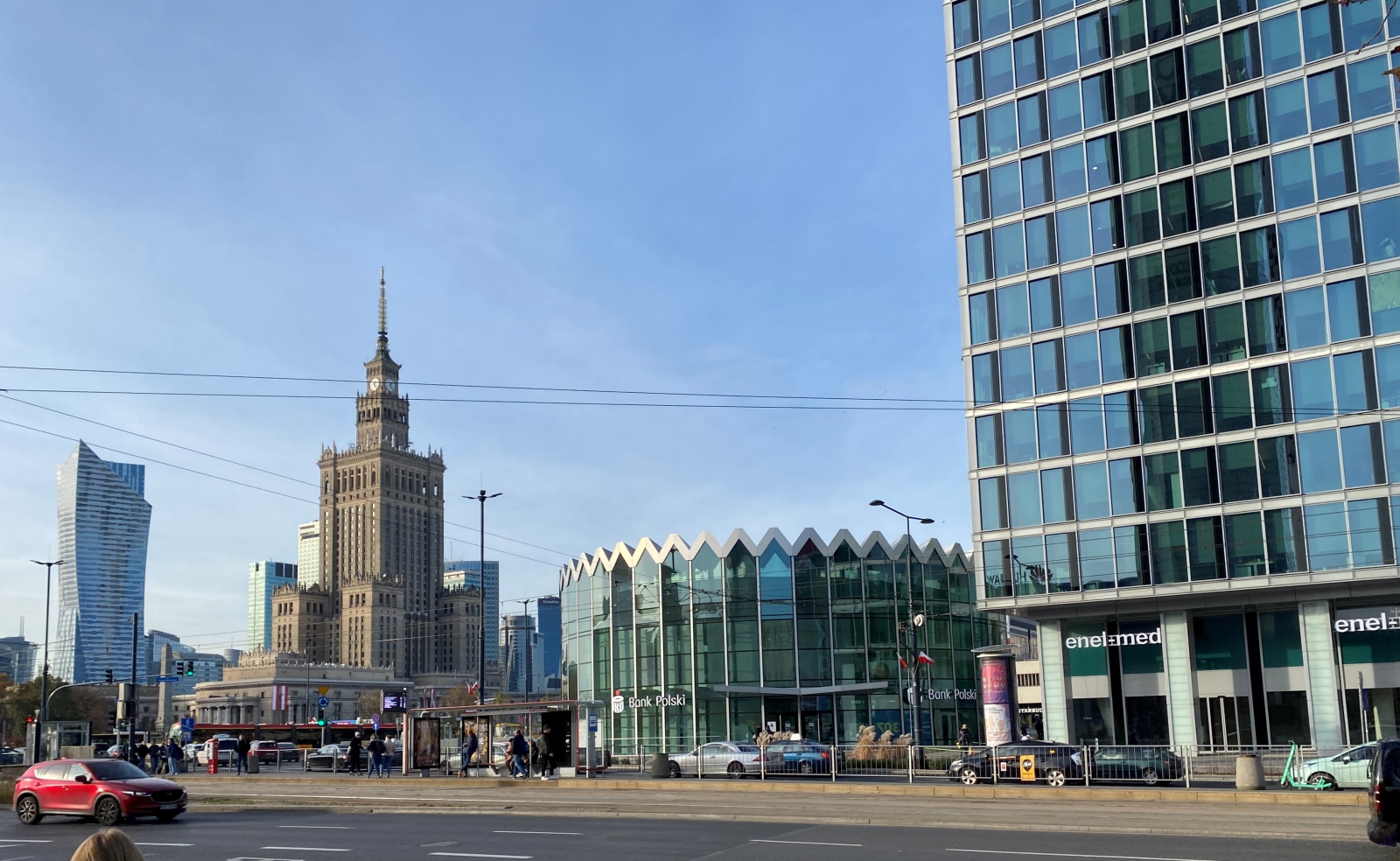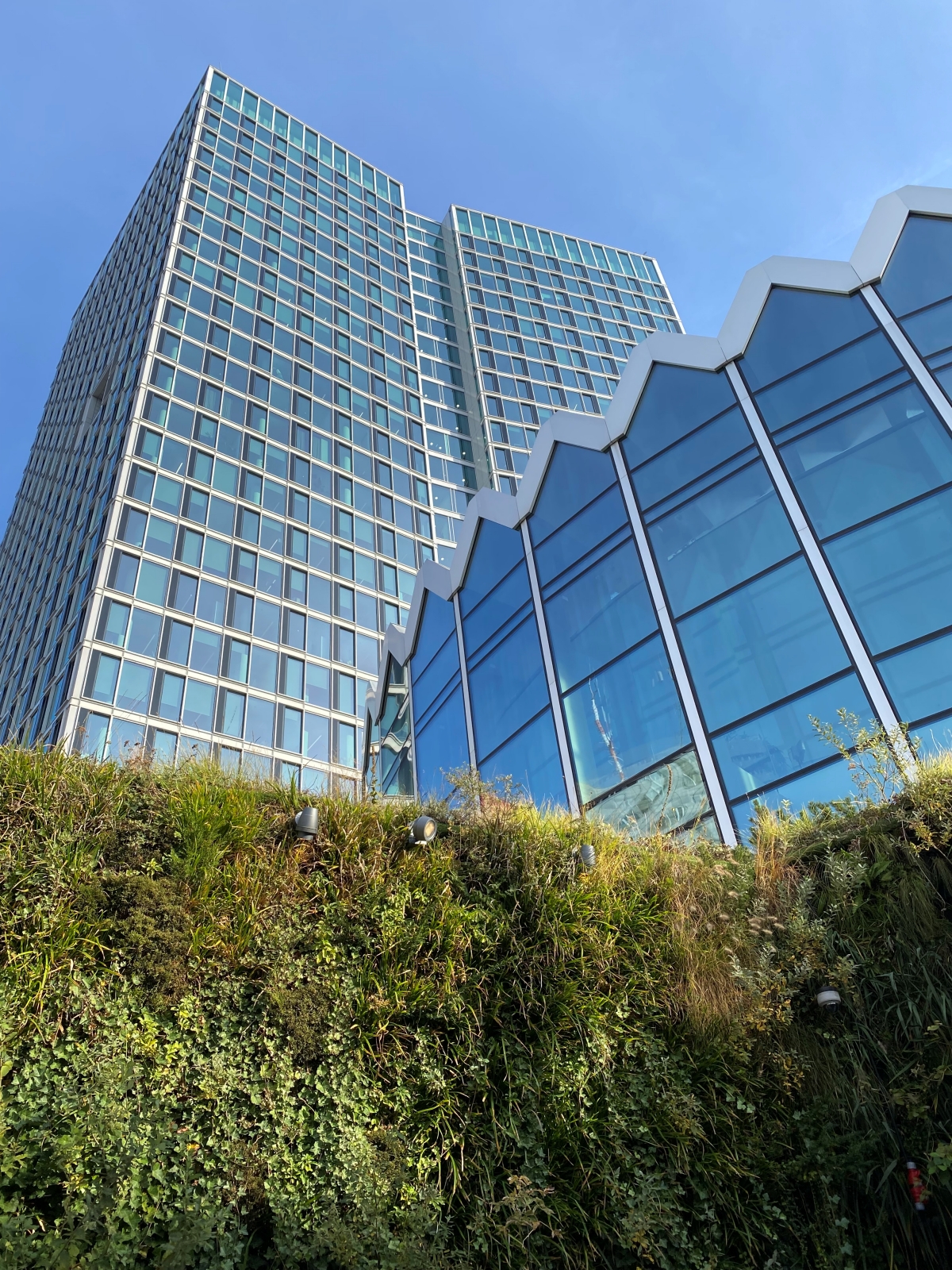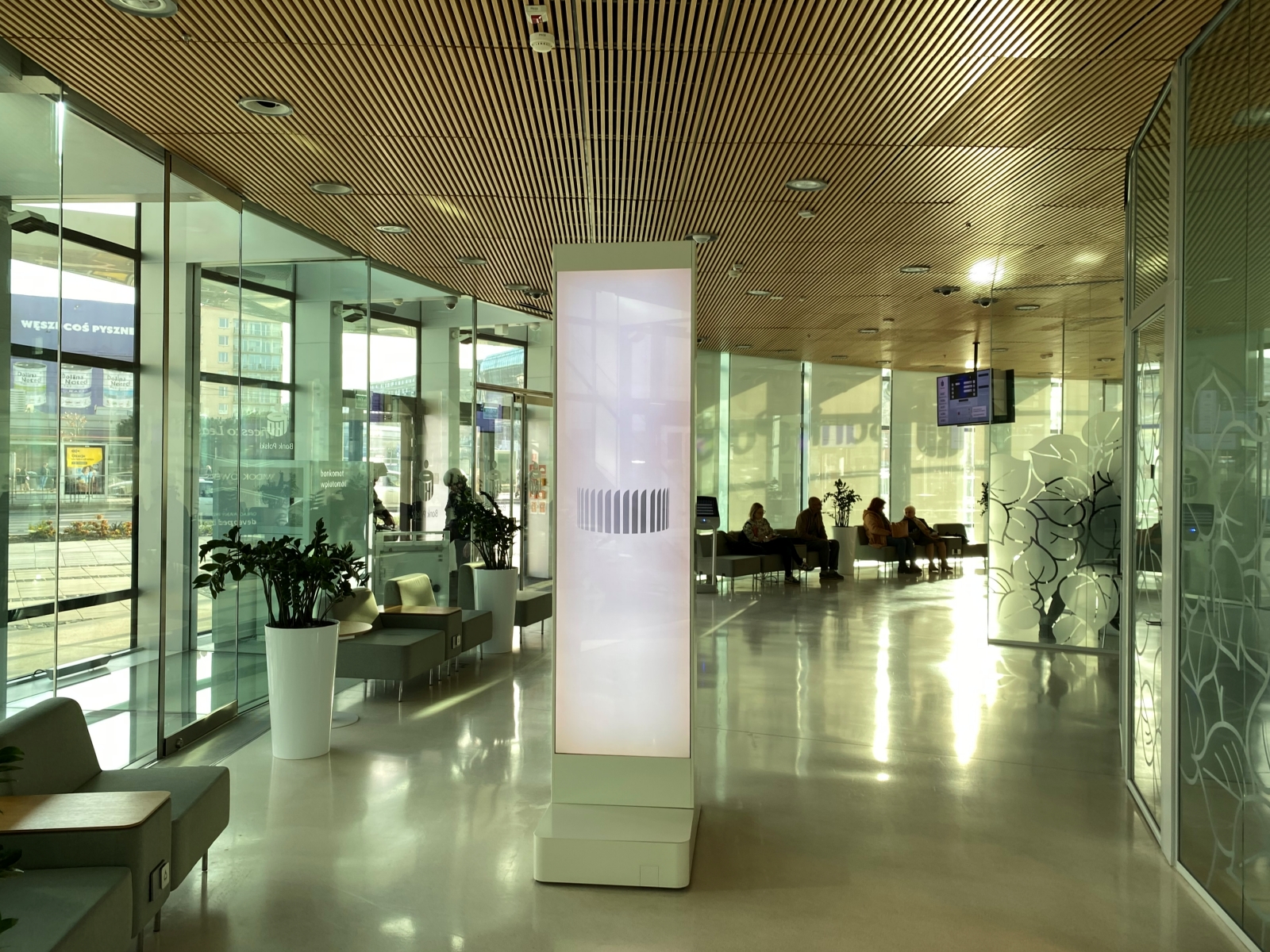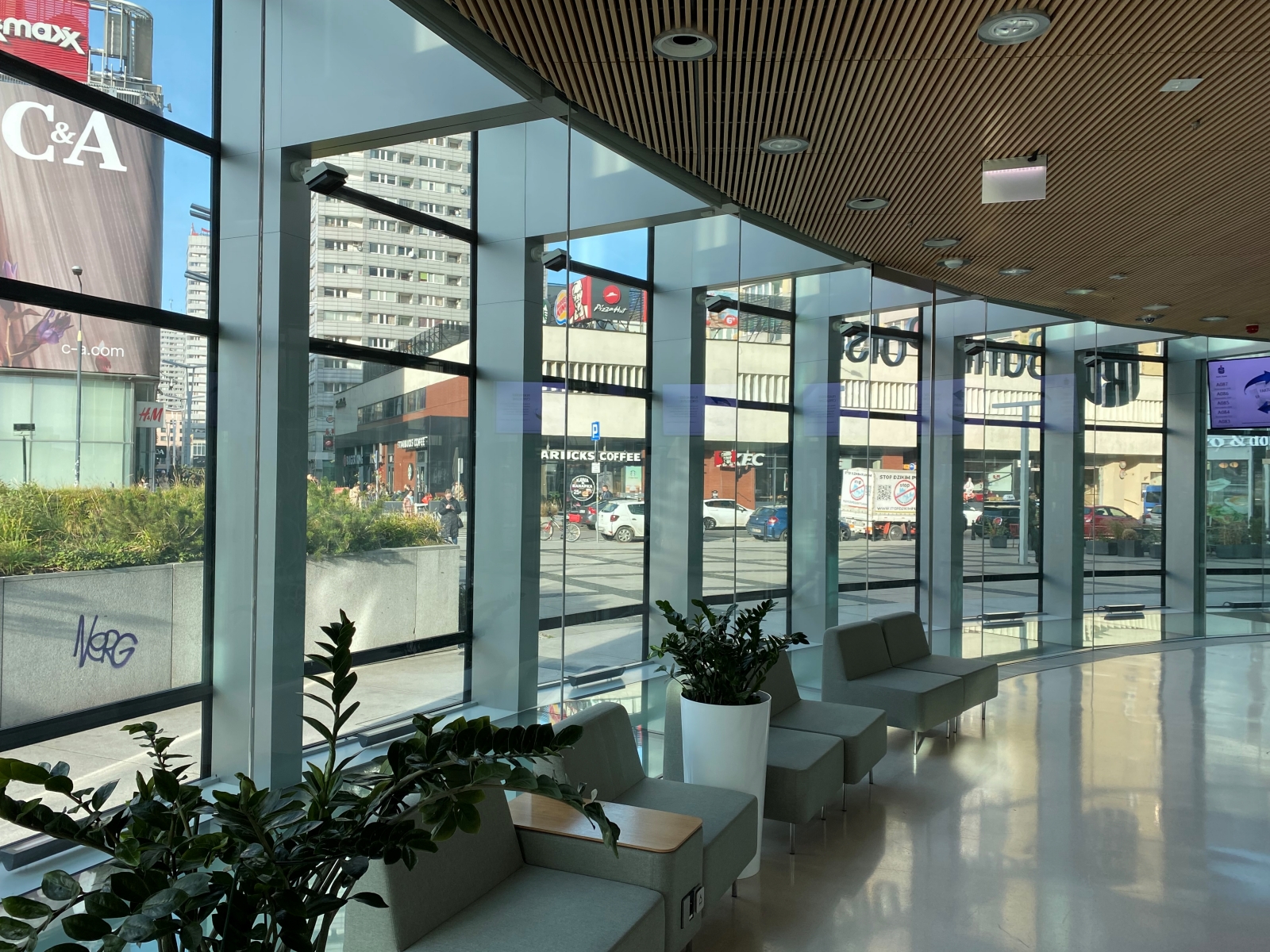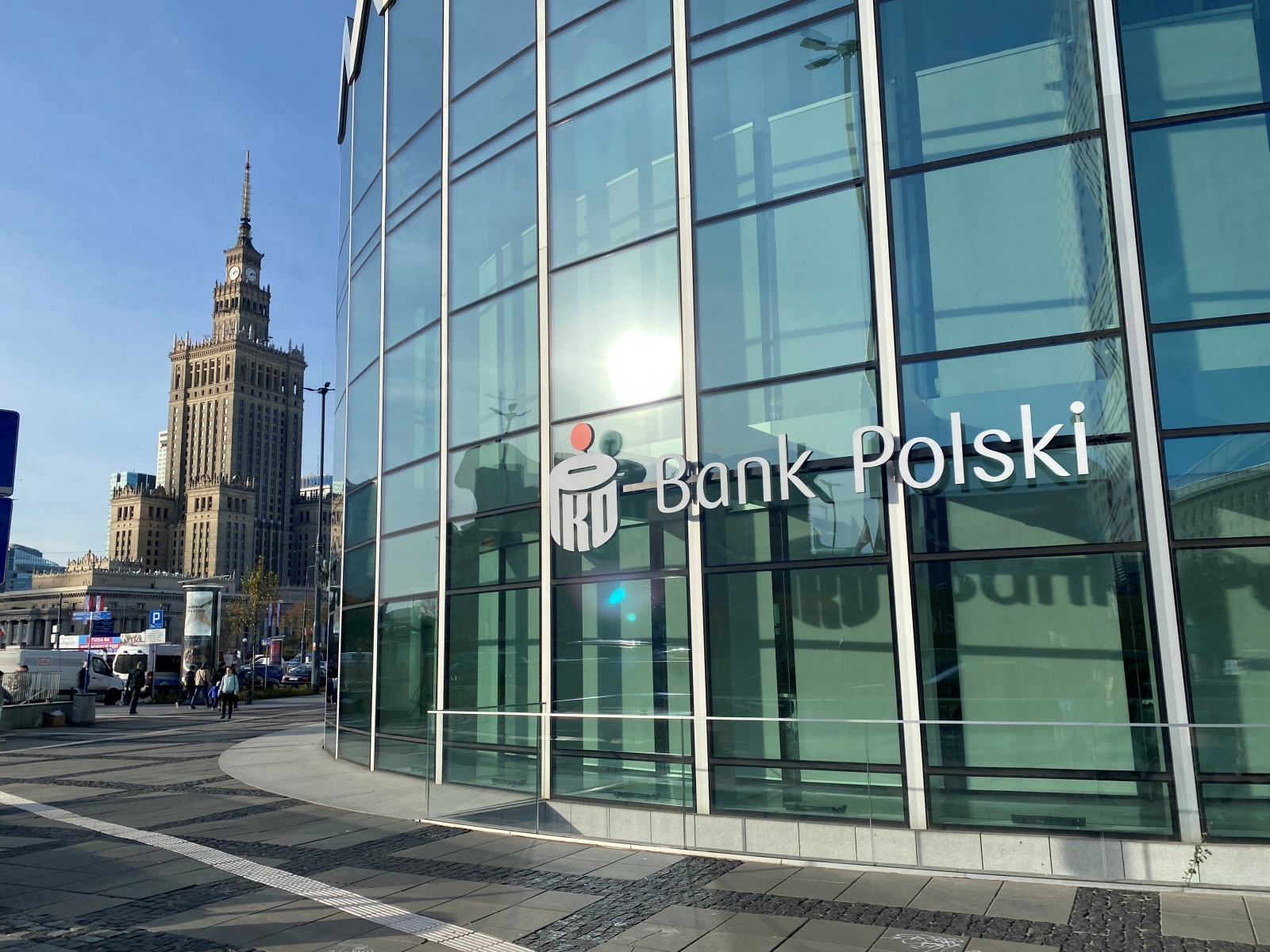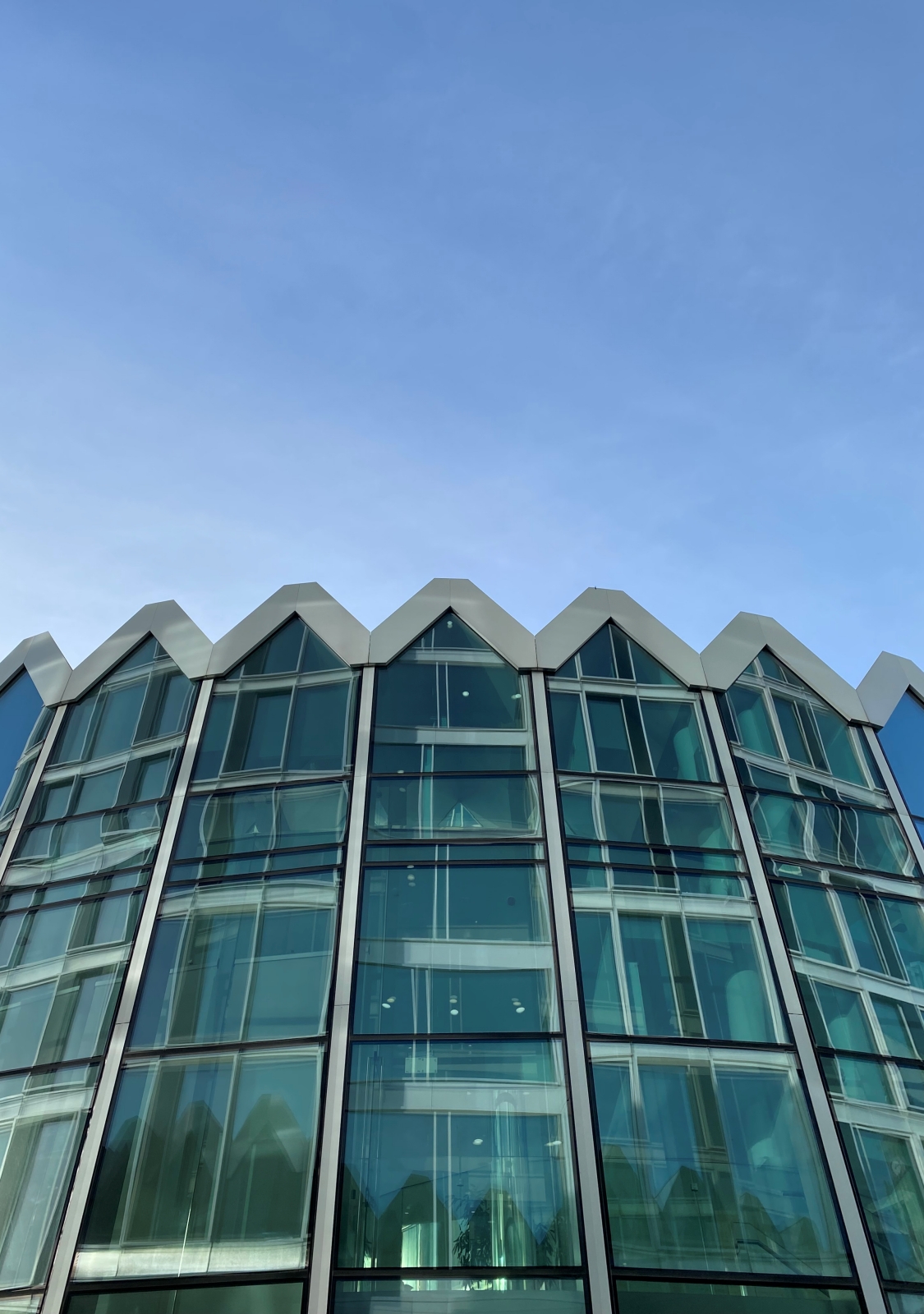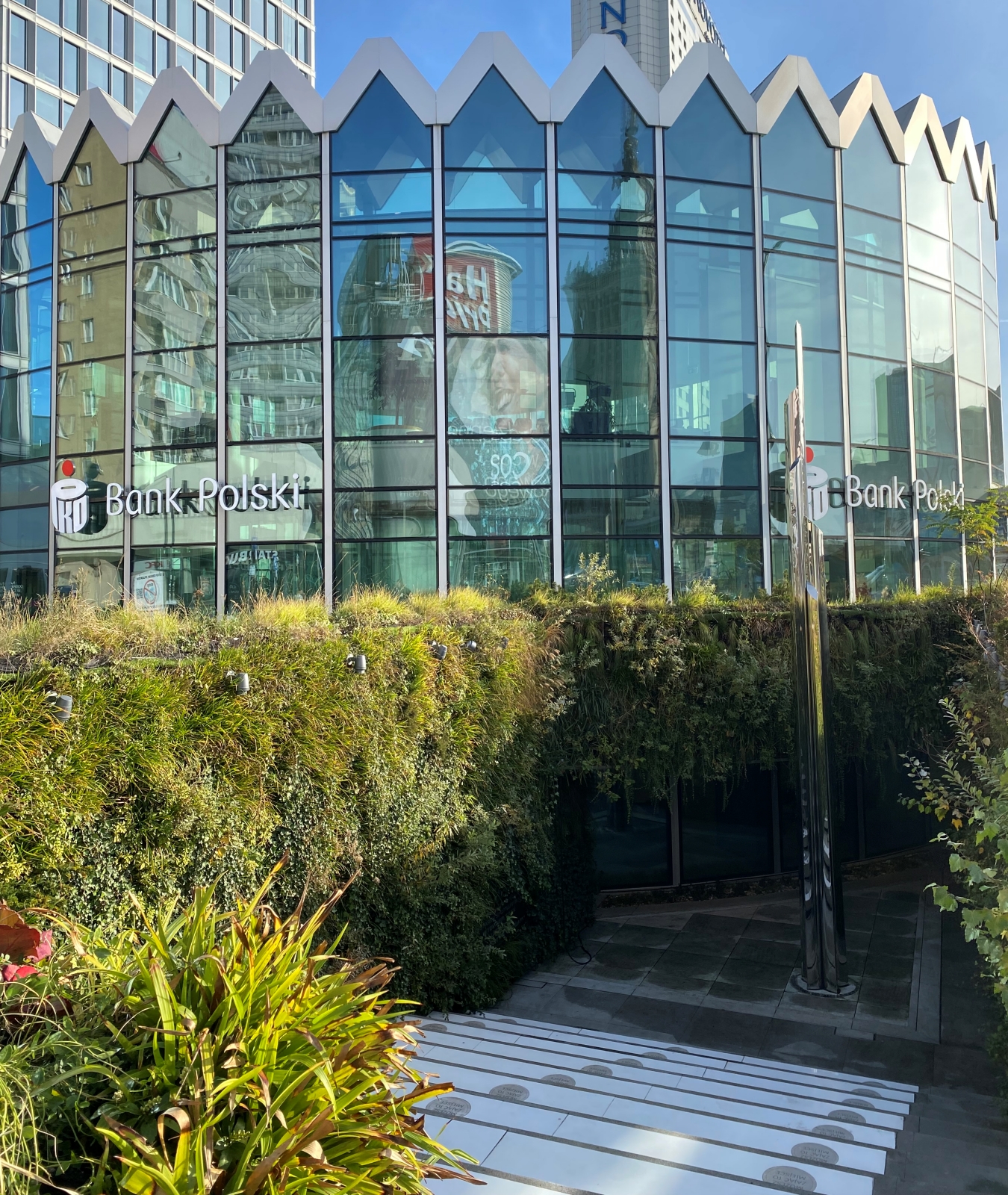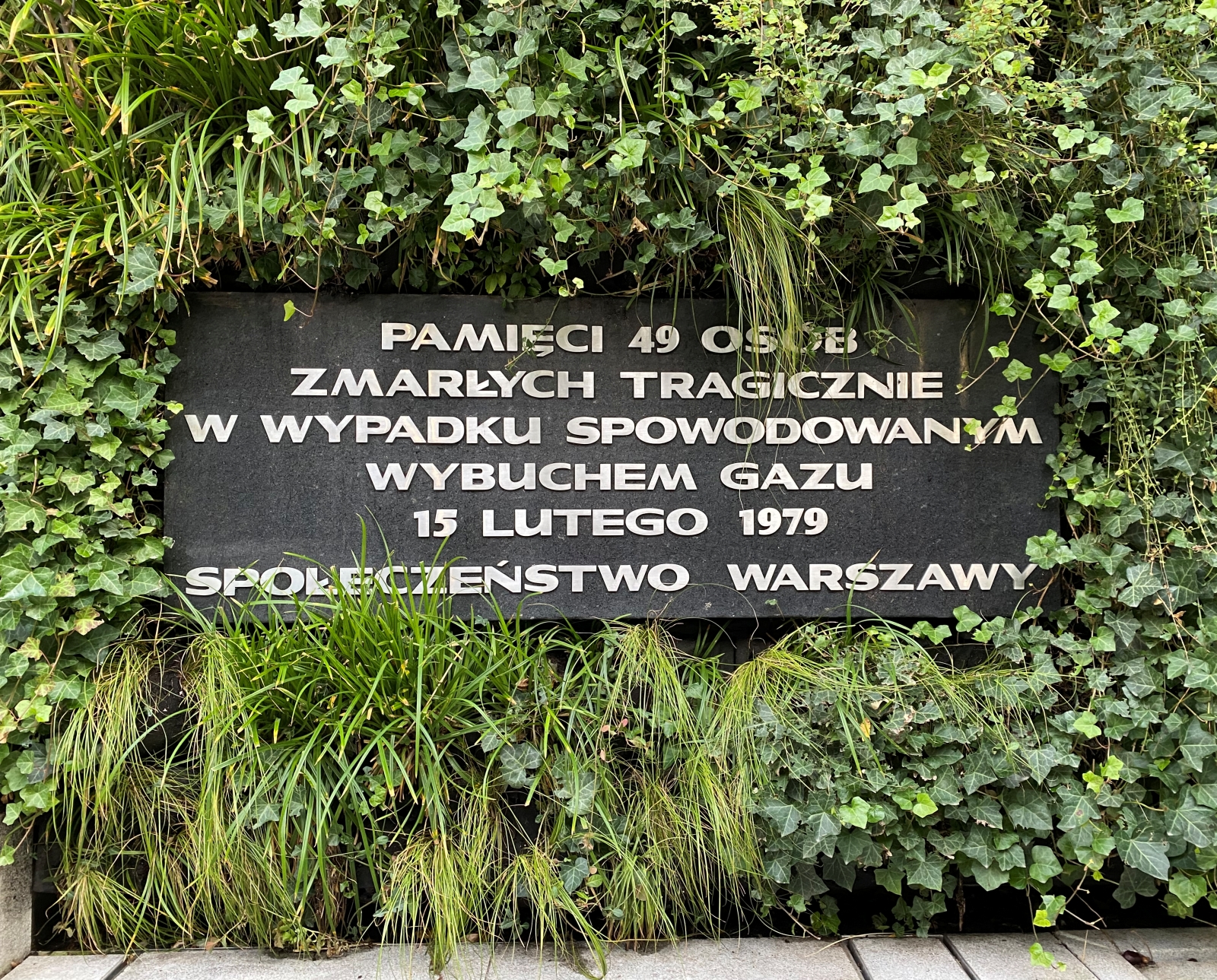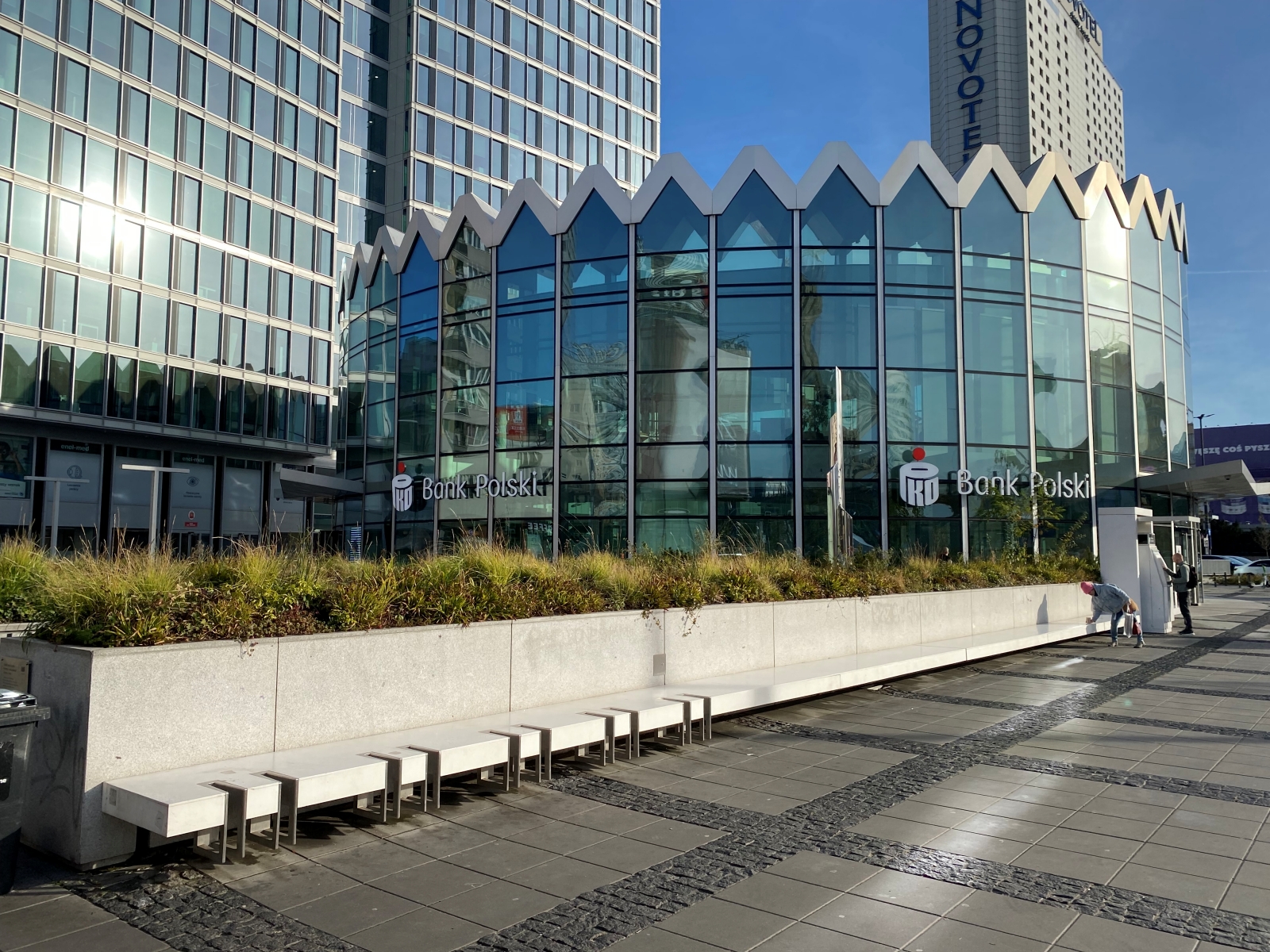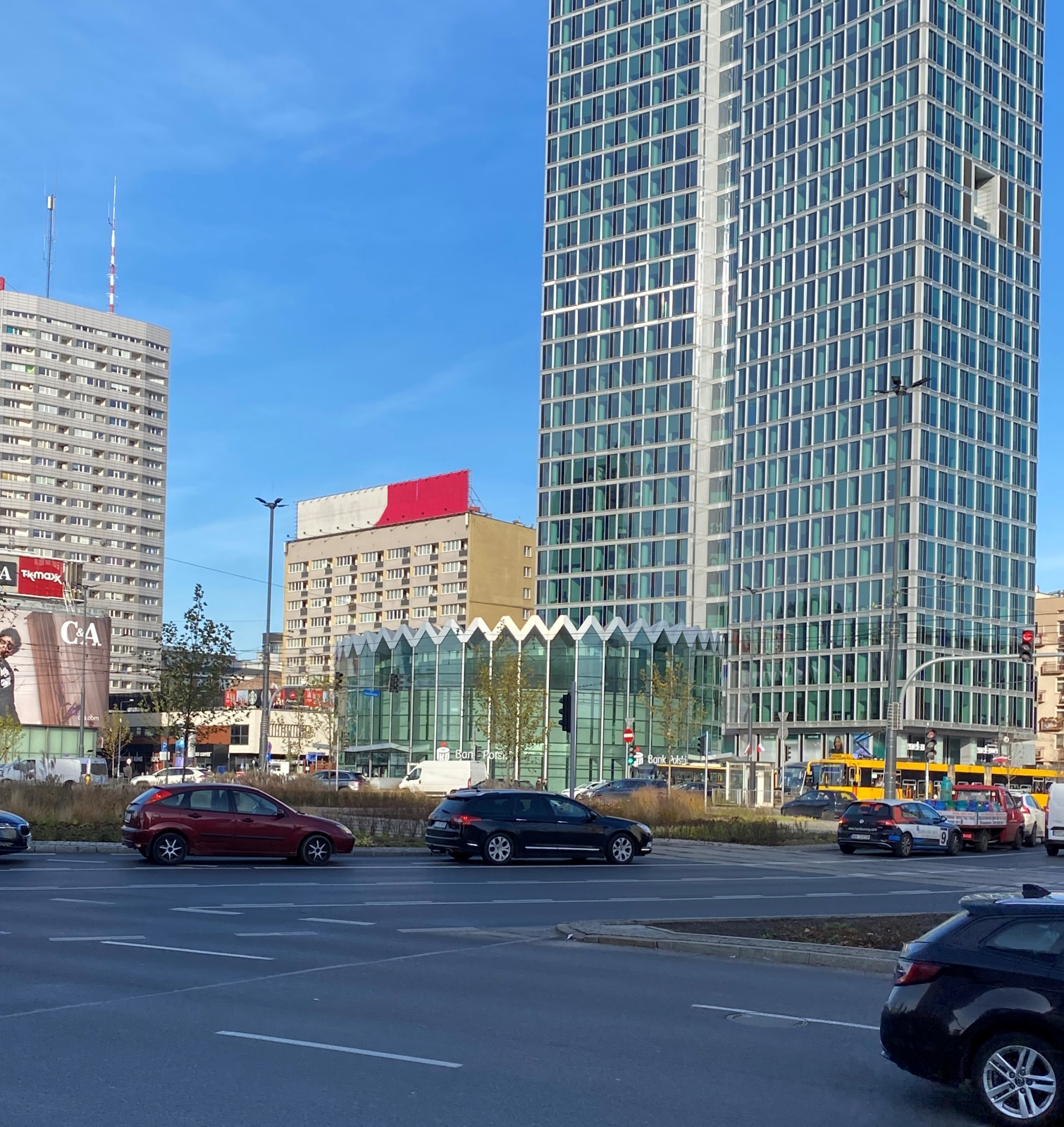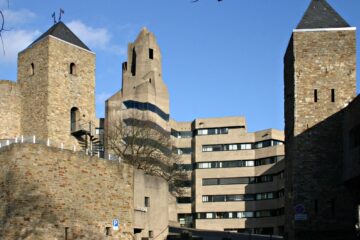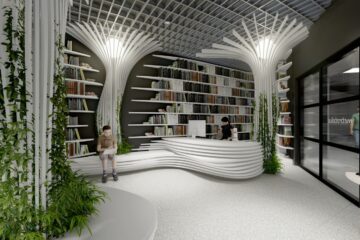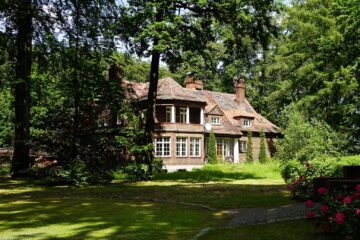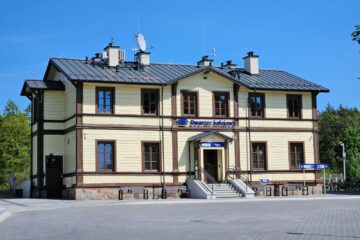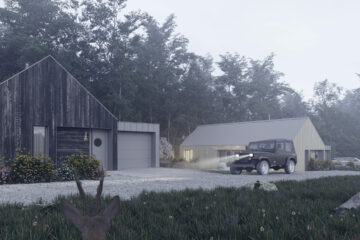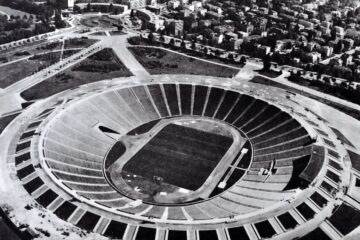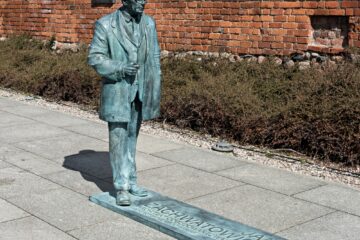For more than half a century, Warsaw’s PKO Rotunda was one of the capital’s most recognisable symbols and an excellent example of post-war modernism. Erected as part of the Eastern Wall built in 1960-1969, the iconic building underwent reconstruction a few years ago. The works, which lasted more than three years, aroused a lot of controversy from the very beginning.As a result, Warsaw lost its original symbol, and in its place stood a squat dummy, devoid of its former lightness and charm
The PKO rotunda was located where the corner tenement of Pinkus Lothe stood until 1944. After the Second World War, the ruins of this tenement were demolished to ground floor level and then completely removed
The rotunda of the PKO in October 1981. Source: ETH-Bibliothek Zürich
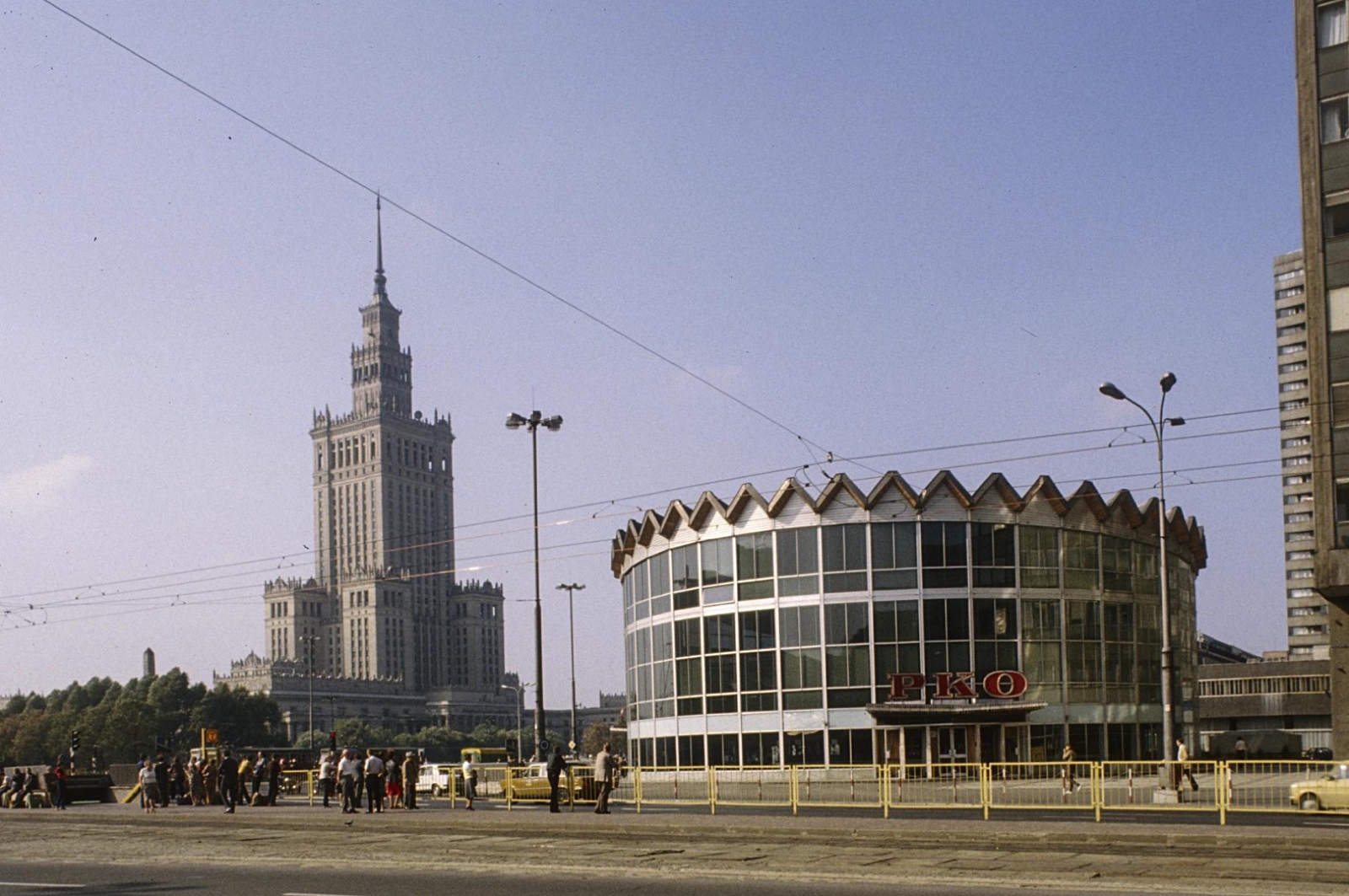
The rotunda was designed by Jerzy Jakubowicz and its steel structure by Stanisław Więcek and Włodzimierz Wojnowski. Construction was completed in 1966. The facade of the circular building featured transparent glass panes, while the roof was given its characteristic serration
on 15 February 1979, the building was approximately 70 per cent destroyed. It was the scene of a fatal gas explosion that killed 49 people and injured 110 others. Witnesses reported that at the moment of the explosion, the entire building suddenly popped like a “soap bubble” and “burst”, with sheets of glass falling from the glazed walls onto the street and all the floors of the archive building collapsing into the basement. The neighbouring buildings were also damaged. Reconstruction was carried out at a rapid pace – the Rotunda was reopened at the end of October. One of the main adverse changes from the original was the use of tinted glass in the façade. A bronze plaque commemorating the victims of the explosion was unveiled in front of the building
The PKO rotunda after the explosion. Public domain, via Wikimedia Commons
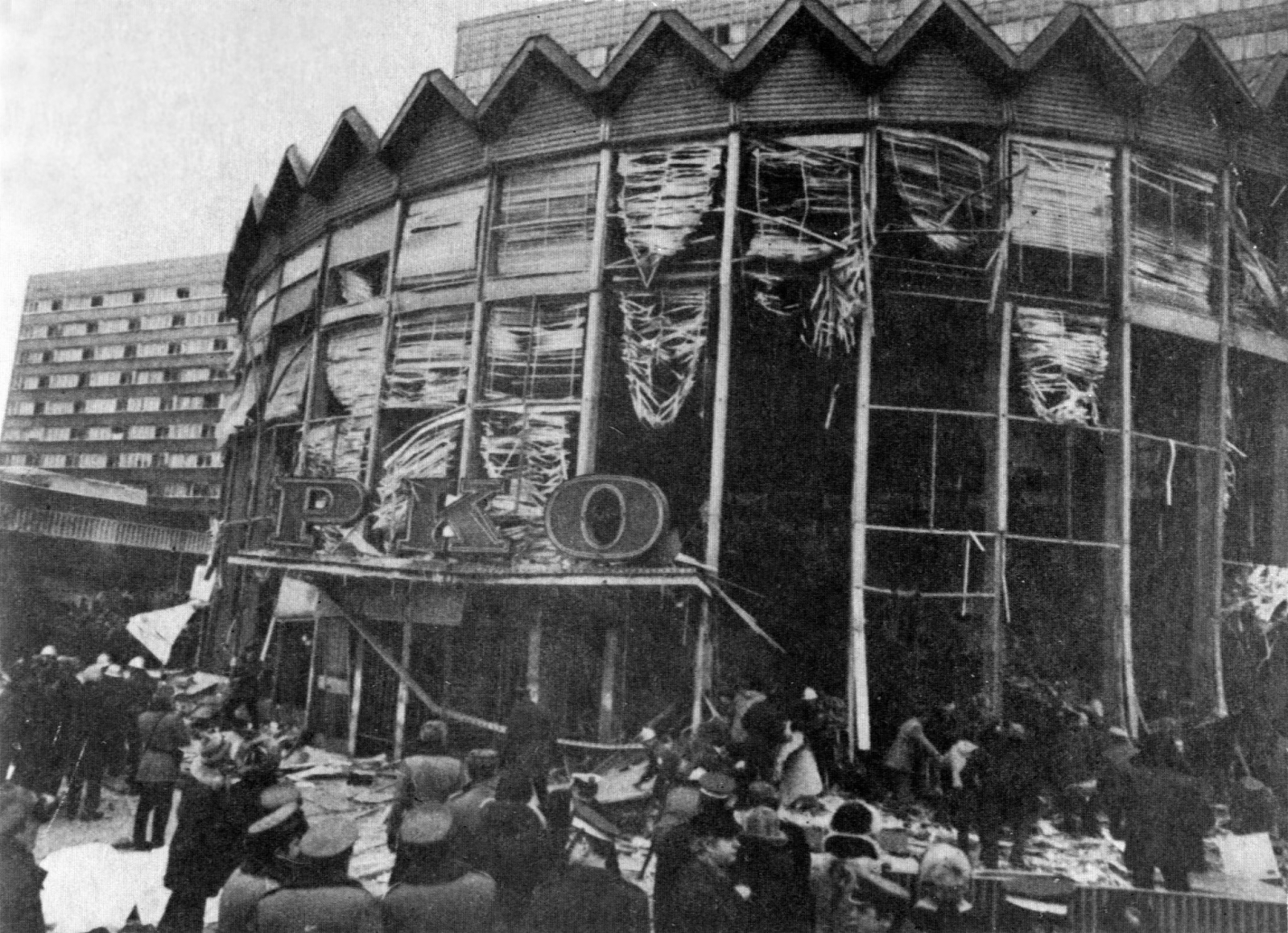
1979, freshly erected commemorative plaque. Source: Stolica weekly, no. 49
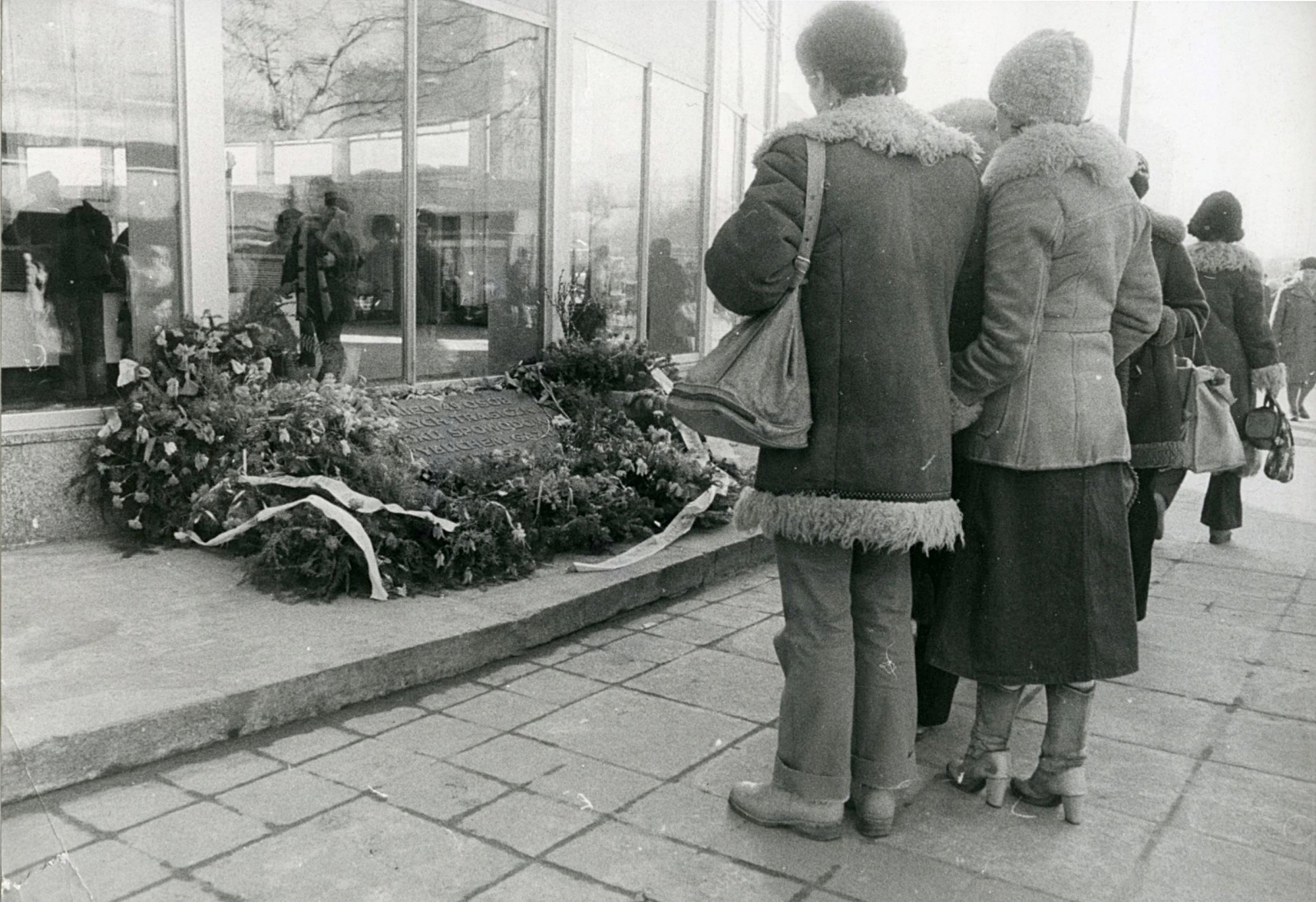
In 2010, the owner of the property, the PKO BP bank, decided to build a new building – the New Rotunda – in place of the existing building. At the beginning of 2015, the Stołeczny Conservator of Monuments, despite the Rotunda’s entry in the register of monuments, issued a decision permitting demolition. Two years later, work began and the building disappeared. Together with it, the neighbouring 1965 Universal skyscraper was demolished and the Widok Towers office building was built in its place
The building in 1971 and today. Source: https://pastvu.com and whiteMAD/Mateusz Markowski
The East Wall with the Rotunda in 1972. Source: Stolica weekly No. 36 and whiteMAD/Mateusz Markowski
The rotunda of the PKO in 1981 and 2023. Source: ETH-Bibliothek Zürich and whiteMAD/Mateusz Markowski
A new three-storey building with a similar shape was commissioned in November 2019. It was designed by the Krakow-based studio Gowin & Siuta. The former Rotunda was replaced by an almost entirely new structure (only the roof girders and the umbrella-shaped central element were retained). However, most emotions were aroused by the elevation of the New Rotunda, which in the visualisations was supposed to be almost transparent and refer to the original one, destroyed in the explosion. As a result, today the inhabitants of the capital can see a clumsy building with a similar shape to the historic one, but it has lost all the assets and character which made it an icon of modernism and a symbol of Warsaw
Source: nowawarszawa.pl, prnews.pl, thereview.pl
Read also: Metamorphosis | Architecture | Modernism | History | Warsaw | Architecture of the Polish People’s Republic


